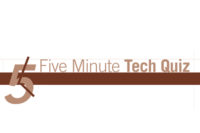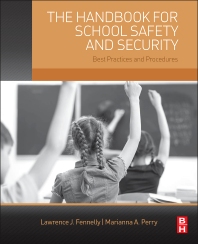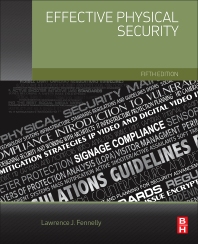1. The first state to adopt statewide enhanced call verification was
a. New York.
b. Florida.
c. California.
d. Wyoming.
e. Nobody, it’s up to the monitoring station to adopt it as a policy or not.
2. Enhanced call verification is the attempt by monitoring facility personnel to verify that no emergency appears to exist at the monitored premises by means of more thorough procedures such as dispatching personnel or a neighbor to verify the alarm activation.
a. True
b. False
3. The application of redundant detection devices so that one motion detector or one photo-electric beam is paired with some other device (such as another motion detector, photo-electric beam, door contact or door contacts) to cover generally the same area and generate an alarm when both detectors in the pair are triggered is known as
a. dual zone.
b. zone verification.
c. cross zoning.
d. enhanced call verification.
4. A monitoring station should only use enhanced call verification for a _______ alarm.
a. holdup
b. fire
c. burglar
d. Both a and c
e. Only a and b
5. When used in the context of dispatching the authorities, the term “immediately” usually means
a. the moment the operator receives the signal.
b. as soon as at least two calls are attempted.
c. within 90 seconds.
d. as soon as possible for the operator to read and understand the emergency signal and what response is needed.
6. Upon receipt of a carbon monoxide alarm, the central station operator should take the following steps in what order?
a. Make notification to emergency contacts.
b. Notify the fire department or other designated emergency forces.
c. Contact the premise and advise them to evacuate.
d. Advise whoever answers at the premise that the fire department is on its way.
7. The standard that outlines the steps for the question above is
a. NFPA 72.
b. NFPA 720.
c. NFPA 721.
d. UL 827.
e. UL 861.
10. The reason monitoring stations should be concerned with a reduction in false alarms is
a. the potential threat of non-response if false alarm dispatches are not curtailed.
b. the safety of the men and women who are asked to respond to alarm calls.
c. the perceived degraded reliability of alarms in general.
d. cost.
e. All of the above
8. The standard produced by ANSI/CSAA that is directed at false alarm reduction through verification is known as
a. ECV-01.
b. CS-V-01.
c. AV-101.
d. ANSI-71.
9. The rules for verification of alarm procedures set forth in the Alarm Verification and Notification Procedures supersede any dispatching instructions set forth in NFPA 72, The National Fire Alarm and Signaling Code.
a. True
b. False
12. Some police/sheriff’s departments use different methods in an attempt to curb false alarms. ____________ is not one of those methods.
a. Secondary response
b. Cost recovery
c. Non response
d. Verified response
14. When any operator’s call reaches an answering machine, a message should be left clearly stating that it is the alarm company calling and leave necessary information for the alarm user to promptly contact the monitoring facility.
a. True
b. False
11. When using enhanced call verification methods, which of the following statements is true?
a. First call to the premise, second call to a number other than the premise, third call to the customer’s cell phone, fourth call to the police.
b. First call to the premise, second call to the police, third call to the customer’s cell phone, fourth call to someone on the emergency contact list, fifth call to the police.
c. First call to the customer’s cell phone, second call to the premise, third call to the police, subsequent calls to those on the emergency contact list.
d. First call to the premise, second call to a number other than the premise designated by the subscriber, third call to the police, subsequent calls to someone on the emergency contact list.
13. One organization that has been instrumental in the effort to work with responding officials in a proactive manner has been
a. PSA.
b. NFPA.
c. SIAC.
d. AARP.
15. Control panels that have been designated as CP-01 compliant may not be used on UL commercial installations due to a conflict of terms between the UL standards and CP-01.
a. True
b. False
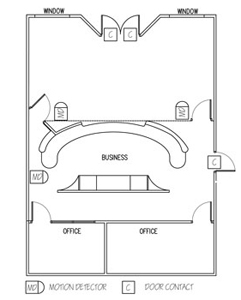
What’s Wrong With This?
A technician went out to service an installation that was creating false alarms. The police warned the customer that they would no longer respond if the system wasn’t fixed. When the technician surveyed the premise this is what he found. Do you recognize the problem? What do you think the technician did? What remedy, if any, can you determine from the layout?
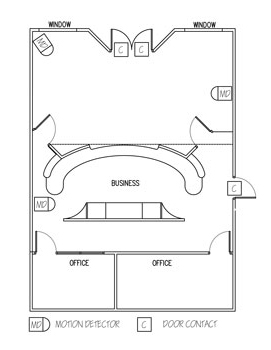
Answer to: What’s Wrong With This?
The technician discovered that the motions were aimed directly out plate glass picture windows. The technician moved the motion detectors to new locations that did not allow the “vision” of the motion detectors to see outside the premises. Instead each motion detector terminated at a wall or other structure.
5-Minute Tech Quiz Answers
Here are the answers to 5-Minute Tech Quiz which appears on page 90.
1. b — Florida law went into effect July 1, 2006.
2. b
3. c
4. c
5. c
6. b, c, d, a — NFPA 720
7. b
10. d
8. b
9. b
12. a
14. a — CS-V-01 Section 3.3
standard.


